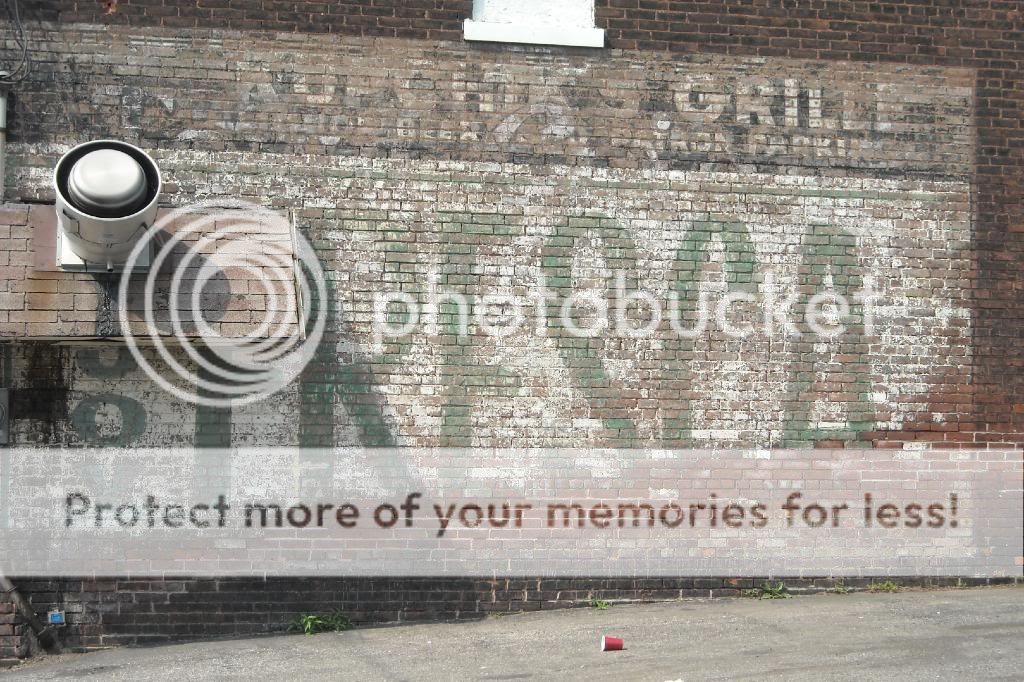bottleopop
Well-Known Member
- Joined
- Feb 15, 2008
- Messages
- 265
- Reaction score
- 1
- Points
- 0
Without looking this up anywhere, I would answer that carbon dioxide dissolves in water. This dissolving is actually a chemical reaction in which both the water HOH and carbon dioxide OCO react to make carbonic acid (a very weak acid) (now I gotta use some dots for spacing)
....O
HOCOH.
At room pressure, the amount of carbon dioxide that will dissolve in water is relatively low. However, higher pressure will cause more carbon dioxide to react with water; more dissolves in the water to become carbonic acid. We have a soda water making appliance that uses a pressurized can to make soda water, so I have seen that this reaction is very fast; more or less instant.
The key point though, is that the opposite chemical reaction is a lot slower. When the pressure is slowly brought back to normal (uncap it slowly), the result is a supersaturated solution of carbon dioxide. It takes some time for the chemical mixture to release the carbon dioxide from the carbonic acid. Therefore you have plenty of time to drink it. The heat in your mouth speeds up the reverse reaction so the carbon dioxide comes out more quickly, producing the sensation that made sodapop famous!
....O
HOCOH.
At room pressure, the amount of carbon dioxide that will dissolve in water is relatively low. However, higher pressure will cause more carbon dioxide to react with water; more dissolves in the water to become carbonic acid. We have a soda water making appliance that uses a pressurized can to make soda water, so I have seen that this reaction is very fast; more or less instant.
The key point though, is that the opposite chemical reaction is a lot slower. When the pressure is slowly brought back to normal (uncap it slowly), the result is a supersaturated solution of carbon dioxide. It takes some time for the chemical mixture to release the carbon dioxide from the carbonic acid. Therefore you have plenty of time to drink it. The heat in your mouth speeds up the reverse reaction so the carbon dioxide comes out more quickly, producing the sensation that made sodapop famous!

